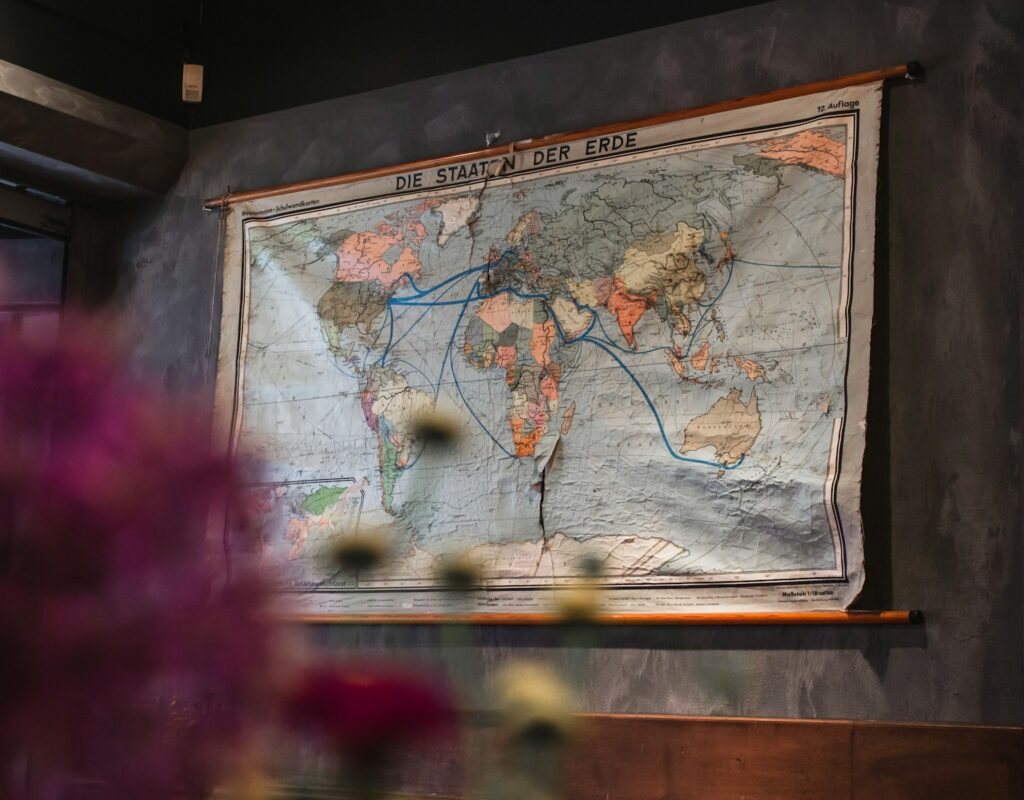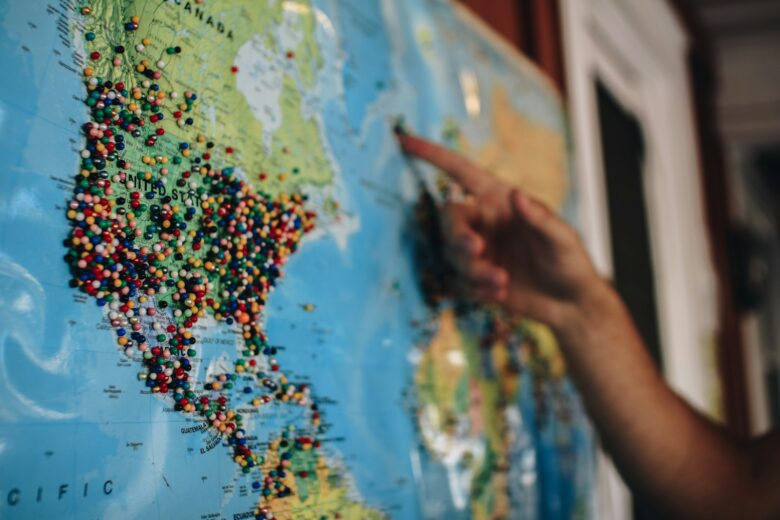The allure of the open sea has captivated humanity for millennia. It’s a realm of untold mystery, boundless freedom, and challenging complexity, particularly when it comes to understanding the legal framework that governs it. For maritime enthusiasts, seafarers, and boat owners, a deep appreciation of these expanses comes with a curiosity about the rules that dictate behaviour on international waters.
This blog aims to demystify the regulations surrounding these vast areas, shedding light on their definitions, histories, rights, and the future of ocean governance.
1. Introduction to International Waters


What are “International Waters”?
International waters, often referred to as the high seas, are regions of the ocean that fall outside the territorial jurisdiction of any single nation. They represent about two-thirds of the ocean’s expanse and are governed by a complex system of international maritime law that aims to balance navigational freedoms with the protection of the marine environment and the equitable use of marine resources.
2. Definition and Boundaries of International Waters
The definition hinges on understanding maritime zones, primarily the distinction between territorial seas, which extend up to 12 nautical miles from a country’s coastline, and international waters, which lie beyond this limit. These boundaries are critical in delineating national sovereignty versus the communal rights upheld by international laws.
3. Historical Context and Evolution of International Maritime Law
The laws governing the sea have evolved from a patchwork of national claims, piracy codes, and merchant custom into a sophisticated legal framework. This evolution was largely driven by the need for a communal approach to navigating the world’s oceans, facilitating international trade, and protecting maritime resources.
4. Key International Treaties and Conventions
The backbone of international maritime law is a series of treaties and conventions, most notably the United Nations Convention on the Law of the Sea (UNCLOS). Adopted in 1982, UNCLOS is often hailed as the “Constitution for the oceans,” defining the rights and responsibilities of nations concerning the world’s oceans, establishing guidelines for businesses, the environment, and the management of marine natural resources.
5. Rights and Limitations within International Waters
What are the rules of International Waters?
Within international waters, all states enjoy the freedoms of navigation, overflight, fishing, and scientific research, among others. However, these rights come with responsibilities, particularly the duty to protect the marine environment and to avoid conflicts with other nations’ rights.
6. Environmental and Conservation Policies in International Waters
The stewardship of the marine environment is a critical concern within international waters. Initiatives such as the Marine Pollution (MARPOL) Convention aim to minimise pollution from ships, while areas such as the Particularly Sensitive Sea Areas (PSSA) have been designated to protect vulnerable marine ecosystems from the impacts of international maritime activities.
7. Enforcement and Compliance Mechanisms
Enforcing laws in a domain as vast and open as the high seas is inherently challenging. Compliance largely relies on the cooperation and goodwill of states, with mechanisms such as port state control and flag state enforcement playing crucial roles in ensuring vessels adhere to international standards.
8. Case Studies and Examples of International Waters Disputes
Throughout history, disputes over maritime boundaries, access to resources, and environmental protection have highlighted the complexities of governing international waters. Case studies, such as the South China Sea disputes and the Arctic territorial claims, exemplify the ongoing challenges in ocean governance.
South China Sea Disputes
The South China Sea disputes involve multiple countries claiming sovereignty over various islands and maritime features. This region is of strategic importance due to its significant marine biodiversity, vast reserves of oil and natural gas, and one of the world’s busiest shipping lanes. The disputes are not only about territorial claims but also about the control and access to maritime routes and resources. The involvement of major powers, alongside the regional claimants, adds to the complexity, making diplomatic resolutions challenging. Tensions in the area have implications for international trade and regional security, underscoring the need for a peaceful and collaborative approach to dispute resolution.
Arctic Territorial Claims
The Arctic is another area where territorial claims have led to disputes, particularly given the region’s climate change implications and the opening of new shipping lanes. The Arctic holds substantial untapped natural resources, including oil, gas, and minerals, making it a highly coveted area for countries bordering the Arctic Circle. Nations such as Canada, Denmark (through Greenland), Norway, Russia, and the United States (through Alaska) have made overlapping claims to extend their territorial rights over the seabed beyond their exclusive economic zones, based on the United Nations Convention on the Law of the Sea (UNCLOS). The melting arctic ice, while opening new passages for trade, also raises environmental concerns and the need for sustainable development policies. The Arctic Council plays a significant role in fostering cooperation among Arctic states, indigenous communities, and other stakeholders, aiming to manage the region’s challenges collaboratively.
9. The Future of International Waters Management and Governance
Looking ahead, the management and governance of international waters face increasing pressures from overfishing, climate change, and emerging industries like deep-sea mining. The international community must adapt and evolve its frameworks to ensure the sustainable use and protection of the high seas.
10. Conclusion: The Importance of Understanding International Waters for Maritime Enthusiasts and the Global Community
For maritime enthusiasts, seafarers, and boat owners, a thorough understanding of the rules governing international waters is not just about compliance—it’s about contributing to a tradition of shared stewardship and responsible use of our planet’s most defining feature. By respecting and upholding these rules, the global community ensures that future generations will also be able to experience, explore, and enjoy the boundless beauty and freedom of our world’s oceans.
Frequently Asked Questions
What are the limits of use in international waters?
The use of international waters is governed by the principle of freedom of the seas, subject to international law and environmental regulations.
What is the international rule of the sea?
The primary rule is the United Nations Convention on the Law of the Sea (UNCLOS), which sets out the legal framework for maritime activities and ocean governance.
What is the 12 nautical miles rule?
This rule defines the territorial sea of a sovereign state, extending up to 12 nautical miles from its coast, beyond which international waters begin.
By demystifying the complexities of international maritime law, this guide aims to enrich the community’s knowledge and foster a deeper respect for our shared ocean resources.






























